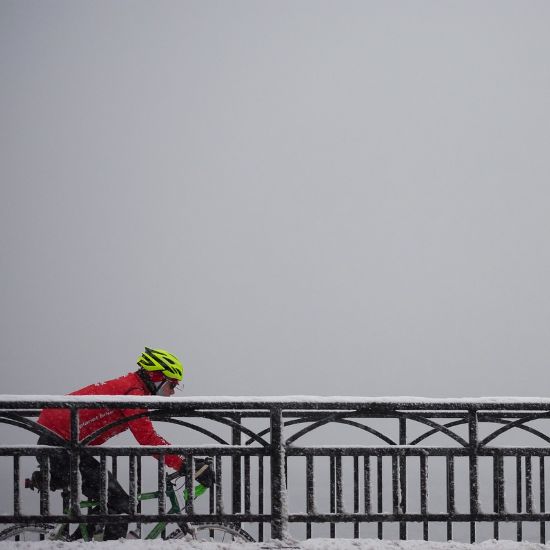
Just because the seasons change, it doesn’t mean that you must hang up the bike in winter. By following a few simple guidelines regarding what’s important to know for cycling in winter, you can continue to enjoy the great outdoors on two wheels straight into spring season. Preparation is key!
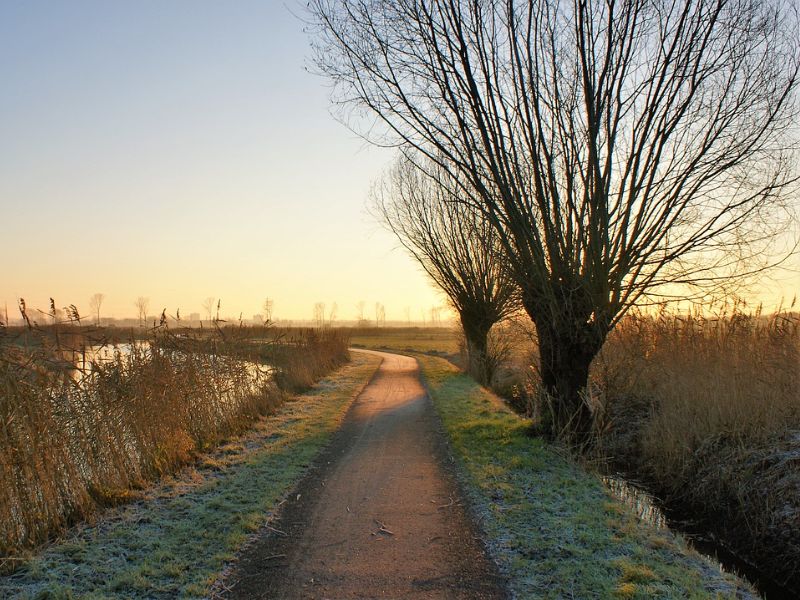
Years ago, it was believed that cyclists needed to take a break from cycling in winter to allow their bodies to rest and recharge. Since then, this theory has been debunked as it actually had the opposite effect. For many cyclists, their fitness, flexibility, waistline, immune system and mental health took a hit. And returning to cycling proved more challenging than expected. So, by cycling year-round, you’ll win on many levels. Above all, you’ll also win many more Strava kudos!
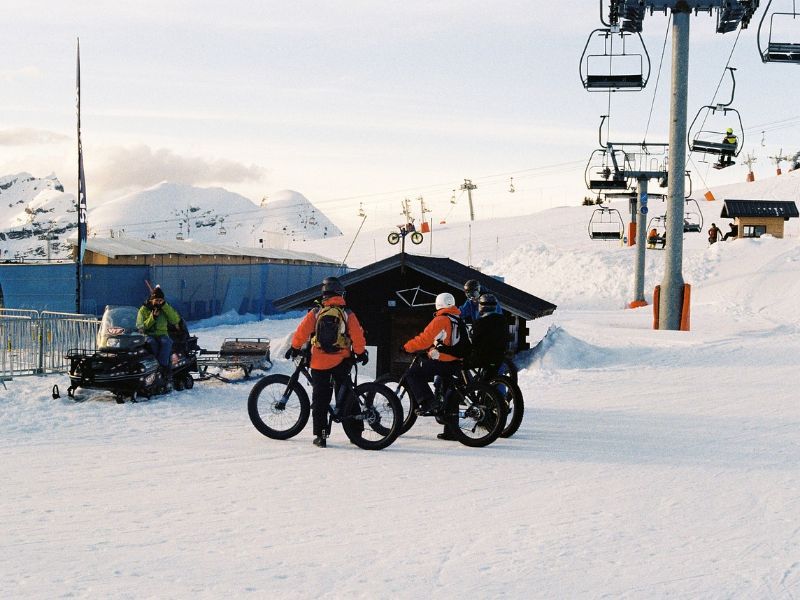
Don’t let winter’s chilly embrace lead to seasonal weight gain. By making winter cycling a part of your routine, you can keep those extra pounds at bay. It’s a fantastic way to counter the sedentary tendencies that often accompany colder months. Regular cycling in the winter is not only a calorie-burning exercise but also an excellent way to maintain your fitness and fend off those pesky holiday pounds.
Winter offers a unique and enchanting perspective on the world, and cycling through its snow-covered trails is a captivating way to connect with nature. The frozen landscapes, pristine white vistas, and crisp, cold air create a sense of wonder and appreciation. Riding through these winter wonderlands fosters a deep connection with the environment, allowing you to relish the beauty and tranquility that only this season can provide. So, embark on a gravel bike winter cycling adventure and let the magic of nature envelop you.
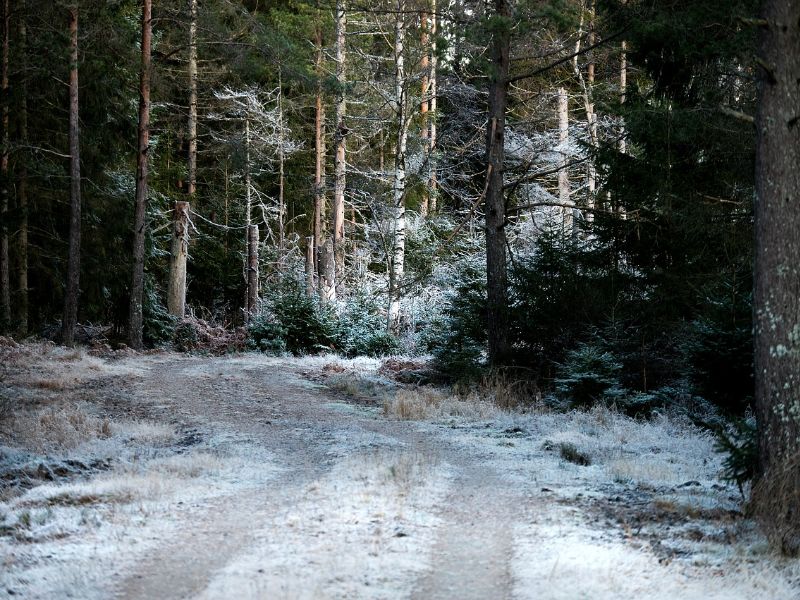
For a winter cycling commute, it’s vital to prioritize safety and comfort. Start by equipping your bike with proper lighting and reflective gear to enhance visibility, especially in reduced daylight. Be aware of changing road conditions, avoiding heavily snow-covered or icy areas. Check the weather forecast and be prepared for sudden changes.
Maintain your bike with regular winter-specific maintenance, including tire pressure and brake checks. Dress in layers to stay warm and dry, and protect your extremities from the cold. Plan extra time for your commute, ride cautiously, and anticipate longer braking distances due to slippery surfaces. Always carry essential tools and be prepared for changing conditions.
If you ask year-round commuters what they love most about cycling in winter, the responses are always the same.
1. Almost no sweating on your way to work – if you dress appropriately for winter biking, of course.
2. You arrive at work and home in a much better mood.
3. You avoid weather-related traffic jams and parking struggles.
4. You also get a workout in, so you can go ahead and opt for that hearty wintertime lunch. Throw in a dessert while you’re at it!
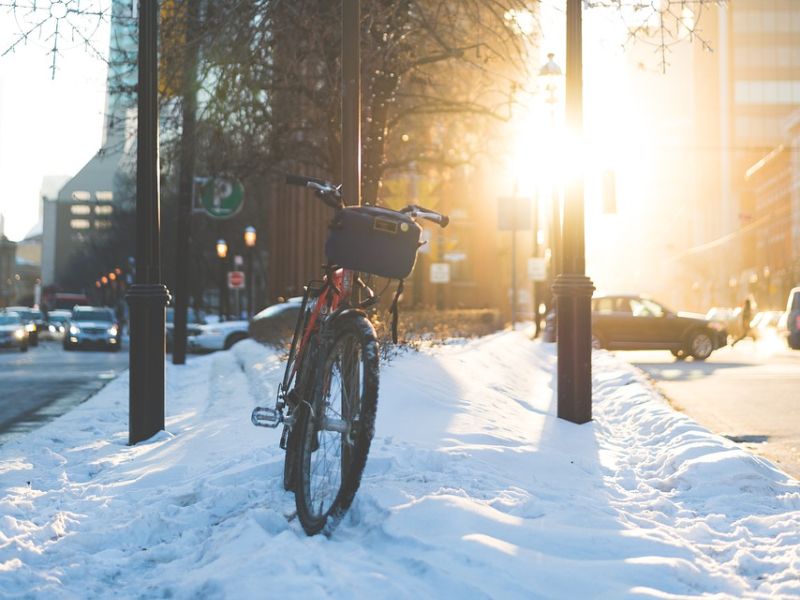
The trick to fully enjoying cycling in winter is to answer nature with preparation. If you’re ready for the worst, you may even find yourself enjoying your bad-weather winter biking!
The bike should be designed to withstand the abuse of fully loaded tourists on over-nighters, so it does not cower in the elements or buckle in potholes of uncertain depth. If unsure, you can opt for an inherently more sturdy MTB in winter, or even a gravel bike in winter months.
TIP: Washing your bike after every dirty ride will help its parts last longer and help you to identify any dangers such as glass embedded in your tire or a crack in your frame.
When winter biking, opt for wide commuter models, designed for durability and stability for wet roads. Make sure they are incredibly puncture-resistant since nobody wants to find themselves on the side of the road fixing flats in rainy, bitter conditions.
Stopping power is key in keeping you safe while cycling in winter. Disc brakes are far superior on wet roads, but rim brakes can also be just as effective if kept in tiptop shape. No matter your braking system, always keep a keen eye on the wear of your pads so you catch it before they wear out. Otherwise you could find yourself no longer able to brake midway through your ride. If unsure, take the bike to your local bike shop for a check. If you don’t have a trustworthy bike, you can easily rent a bike on ListNRide – one that fits your needs, riding style, and budget.
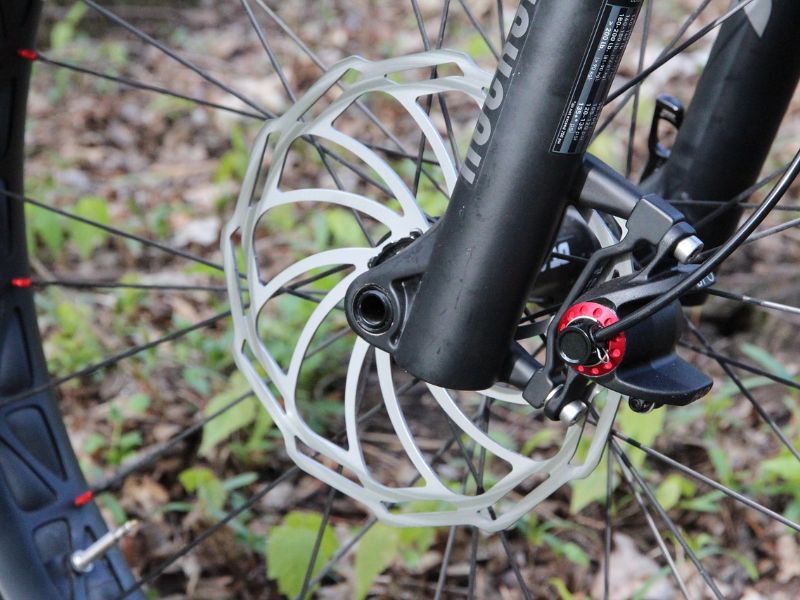
Full coverage fenders make or break your day when winter cycling in snow or rain. They not only keep you dry and comfortable but also serve as a morale-booster by helping you to avoid that wet stripe of road grit up your back when stopping off at your favorite bakery on the way home.
Wintertime means short days and low light conditions, so bike lights are a must for safety sake when cycling in winter. Go for rechargeable bike lights so you are never out of batteries. For the front light, it needs to be bright enough to see and be seen. It should also have a focused beam to solidly light the road or trail ahead. Opt for one with various modes and brightness settings so you can set it according to your visibility and battery life needs. For commuting in urban settings, 200 lumens brightness is sufficient. For unlit roads, get at least 400 lumens. For MTB trails, 1500 lumens will keep you safe. As for the rear light, make sure it is red-colored and clearly visible to oncoming and side traffic.
TIP: If riding an eBike, be sure to keep the battery warm when not riding. This means keeping it indoors as colder temps quickly drain the battery. You can also help increase its longevity per charge by pedaling more, especially on long and steep climbs.
It’s not just bikes that need to switch to winter time. Your clothes also need to be adapted to the harshness of winter. As the saying goes, there’s no such thing as bad weather, only bad equipment. Check out our article on how best to dress for winter cycling.
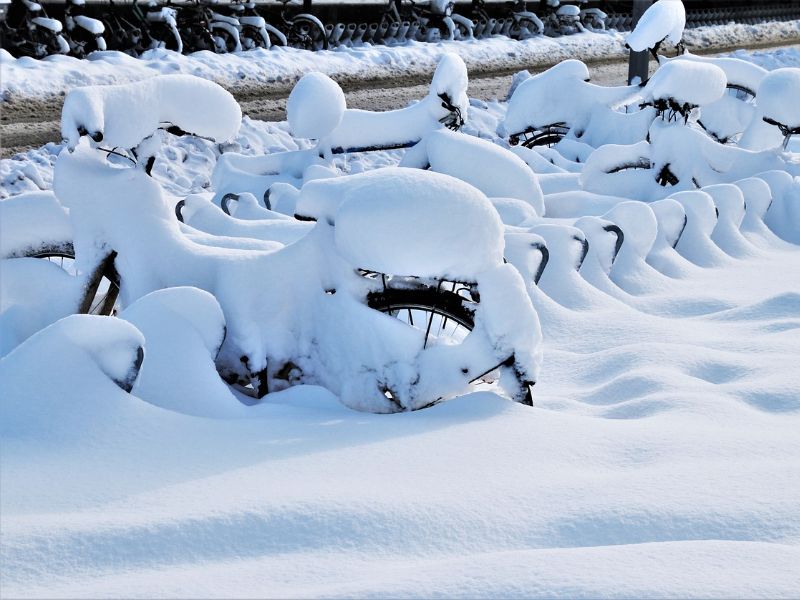
Storing a bike during the winter is crucial to prevent damage and maintain its longevity. First, clean the bike thoroughly to remove dirt and moisture, which can cause corrosion. Lubricate the chain and other moving parts to protect them. Store the bike in a dry, indoor space, ideally hanging it or using a bike stand to avoid flat spots on the tires. If outdoor storage is necessary, use a waterproof cover. Loosen the bike’s brakes to prevent constant tension on the cables. Additionally, consider removing the battery if you have an electric bike. Periodically check and inflate the tires, ensuring they remain in good condition throughout the winter.
Keeping electric bike batteries warm during the winter is essential for maintaining their performance. Start by storing your e-bike indoors, away from extreme cold. If that’s not possible, consider using an insulating battery cover or a thermal wrap designed for e-bike batteries. When riding, try to keep the battery’s temperature stable by using a neoprene battery cover or placing a thermal insulator between the battery and the frame. If your e-bike has a removable battery, bring it indoors when not in use to prevent it from getting too cold. These measures will help ensure your electric bike’s battery operates optimally in colder temperatures.
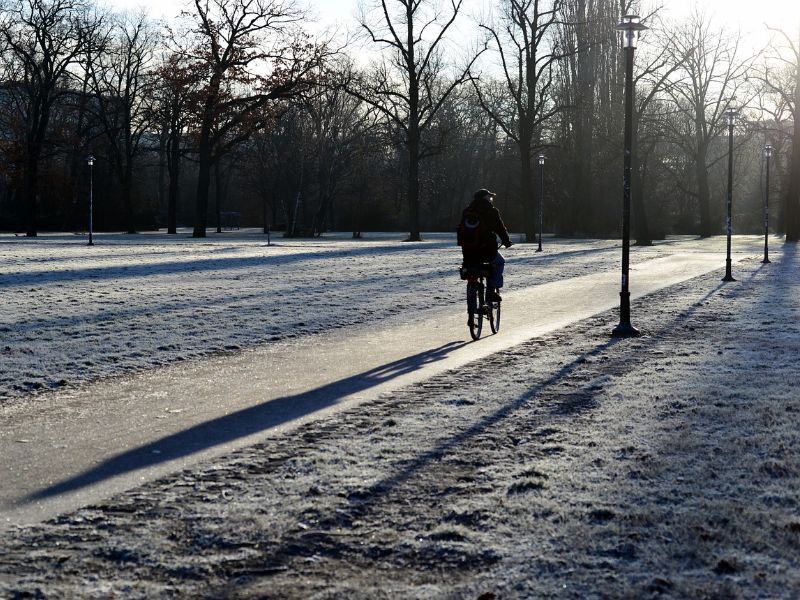
In winter, modify your bike riding style for safety and comfort. Reduce speed and exercise caution to accommodate slippery conditions. Apply brakes gently to avoid skidding, and approach turns slowly, keeping your bike upright. Watch out for black ice and ride with slightly lower tire pressure for better traction. Ensure your bike has proper lighting and visibility enhancements, including reflective gear. Fenders and mudguards keep you dry and maintain visibility. Layer clothing for warmth, wear eye protection, and invest in waterproof gear. Conduct regular bike maintenance to prevent rust. Plan routes carefully, carry an emergency kit, and be vigilant of weather reports for safe winter cycling.
Safety is paramount when cycling in winter. Start by maintaining proper tire pressure, as underinflated tires reduce control on slippery surfaces. Equip your bike with effective lighting and reflective gear to enhance visibility in reduced daylight. Check weather conditions before each ride, and be prepared for changing circumstances. Ride cautiously, slow down well before turns, and be mindful of slippery surfaces, especially black ice. Keep a safe distance from other vehicles and avoid sudden maneuvers. Ensure your brakes are in top condition and practice gentle, even braking. Lastly, always dress appropriately for the cold, wearing layers and protecting your extremities against the chill.
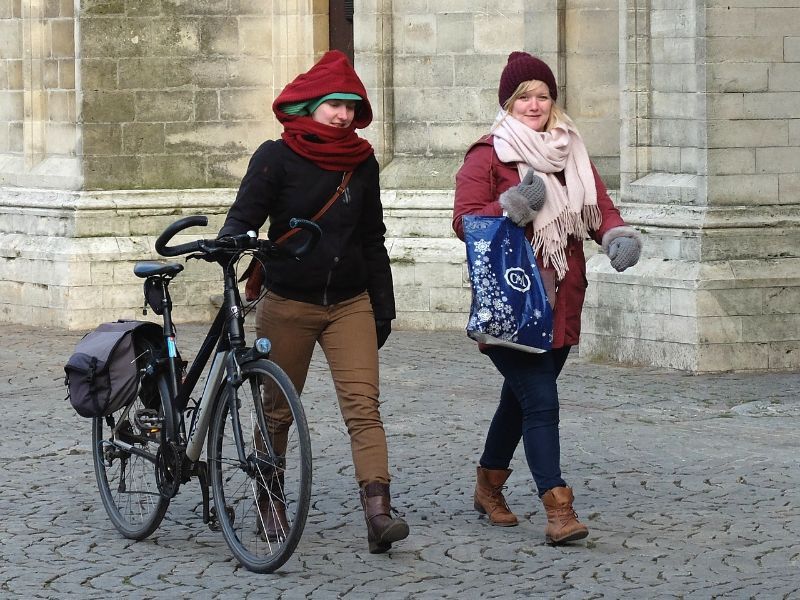
To visit a city on a bike in winter can be quite exciting. Just think about it…no stress over parking, no dangerous or congested traffic to navigate. Just hop on the bike and go! With a little bit of preparation, you’ll find it is a much more relaxing way to get around. This is especially true in many major European cities where they are becoming increasingly more bike-friendly, all but banning vehicles from city centers.
If winter cycling in snow isn’t your thing or the winter blues got to you, you’ll be glad to know that there are many warm, winter cycling-friendly destinations awaiting your arrival. Such hotspots include the Balearic Islands, Canary Islands and Costa Brava, Spain. At these locations, you can go road cycling in winter – bare arms and legs. Or hop on a fat bike or MTB in winter, cruising along sun-drenched trails. No need to bring a bike as you can simply rent a bike at your destination.
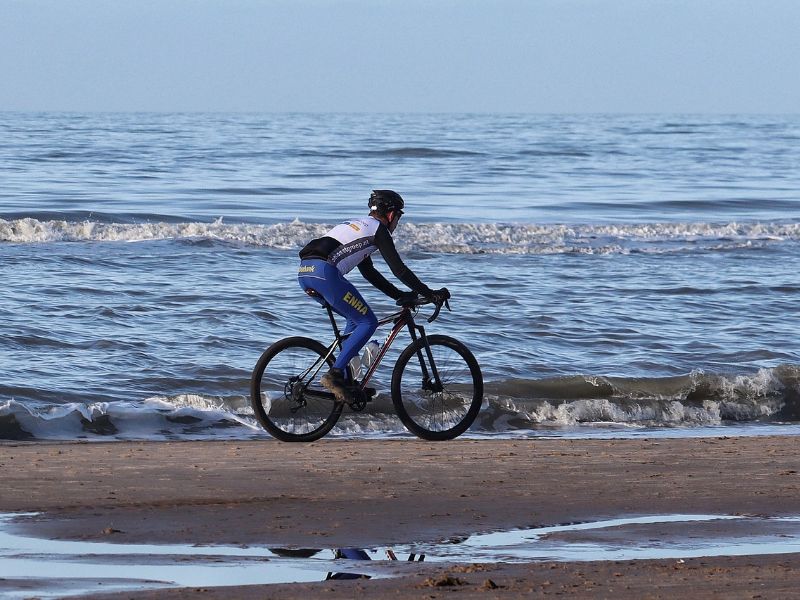
Cycling in winter can be an exhilarating experience…if done correctly. With a bit of preparation laid out in these easy-to-follow guidelines, you’ll find yourself enthusiastically hopping on the bike – regardless of what Mother Nature has in store for you. In addition, your physical and mental health will thank you for it!
Above all, don’t run into danger. If your own bike isn’t suitable for winter use, come and hire one on ListNRide.